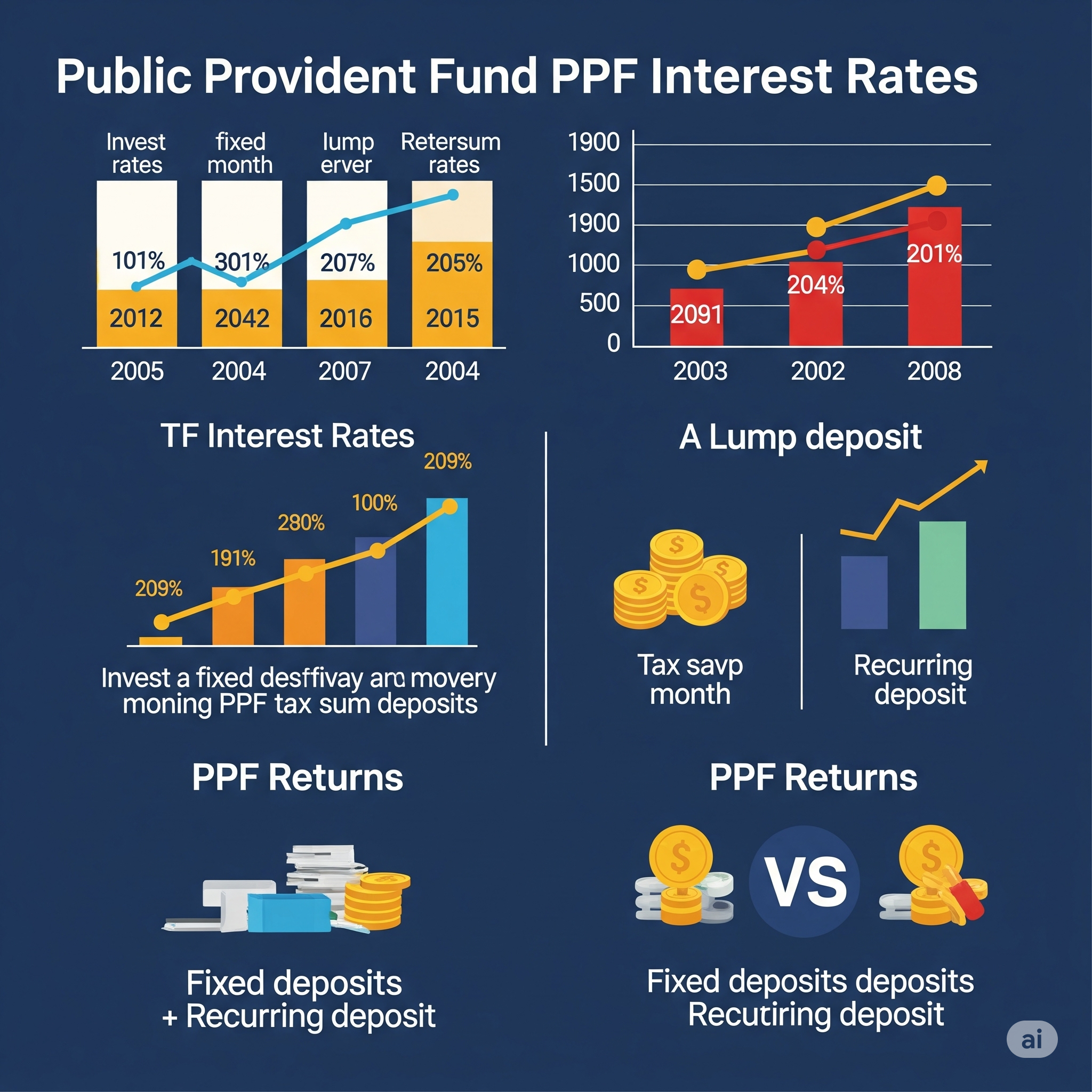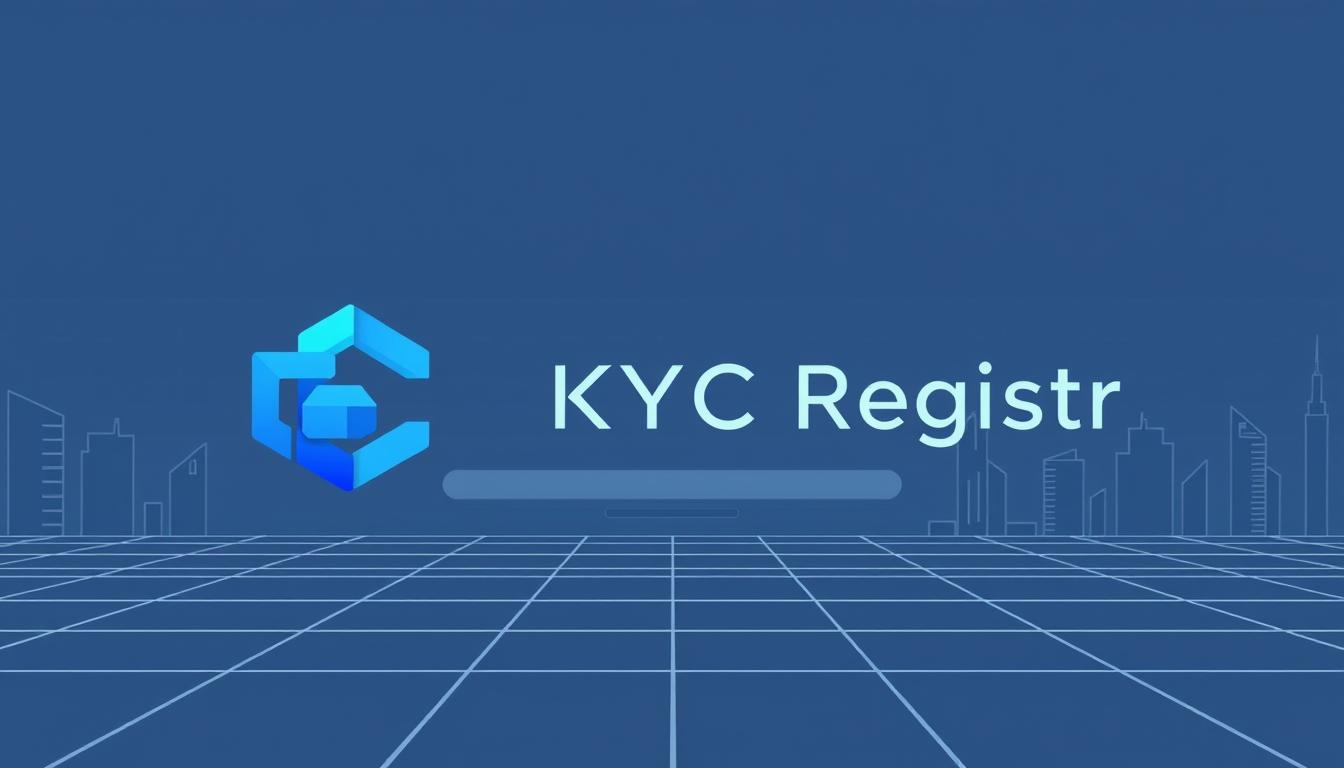The Indian government has introduced a revolutionary initiative called Central Know Your Customer (CKYC), a centralized repository that stores KYC records of customers availing various financial services across different institutions.
This system creates a unified database, eliminating the need for repetitive document submissions and streamlining the process of accessing financial services.

By allowing institutions to retrieve verified customer information from a central repository, CKYC reduces paperwork, saves time, and enhances security for both customers and financial institutions in India.
Key Takeaways
- The CKYC registry is a centralized storehouse of KYC records.
- It eliminates the need for repetitive document submissions.
- CKYC streamlines the process of accessing financial services.
- It enhances security for customers and financial institutions.
- The registry reduces paperwork and saves time.
What is CKYC?
CKYC is an innovative initiative by the Indian government to standardize and centralize KYC information for customers availing financial services. It is a centralized database that stores KYC records of customers across various financial institutions, including banks, insurance companies, and NBFCs.
The CKYC system was introduced to eliminate redundant KYC processes across different financial institutions, making it more convenient for customers to access various financial services. By registering with CKYC, customers receive a unique 14-digit identification number that can be used across all participating financial institutions.
The benefits of CKYC include a standardized approach to customer verification, enhanced efficiency, reduced paperwork, and strengthened integrity of India’s financial system. The table below summarizes the key aspects of CKYC:
| Feature | Description |
|---|---|
| Centralized Database | Stores KYC records of customers across financial institutions |
| Unique Identification | 14-digit CKYC number for customers |
| Standardization | Uniform KYC norms across financial institutions |
Understanding the Central KYC Registry
At the heart of India’s financial regulations is the Central KYC Registry, which serves as a centralized database for all KYC records. This registry is pivotal in maintaining standardized KYC records, making it easier for customers to interact with various financial institutions without undergoing repeated verification processes.
Role of CERSAI
CERSAI, or the Central Registry of Securitisation Asset Reconstruction and Security Interest of India, is entrusted with the operation and maintenance of the Central KYC Registry. CERSAI’s role is crucial as it ensures that all KYC records are securely stored and made accessible to financial institutions, thereby streamlining customer verification.
Regulatory Framework
The regulatory framework for CKYC is derived from Section 73 of the Prevention of Money Laundering Act, 2002. This section empowers the government to establish standardized verification procedures, thereby ensuring a uniform KYC process across the country. This framework is essential for maintaining the integrity and consistency of KYC records.
The Central KYC Registry serves as the backbone of India’s unified customer verification system. It functions as a centralized database for all KYC records, allowing financial institutions to access verified customer information without requiring customers to undergo repeated verification processes. The registry maintains strict security protocols to ensure the protection of sensitive customer information.
Key Features of CKYC
The CKYC system offers several innovative features that simplify the Know Your Customer (KYC) process for financial institutions in India. These features are designed to enhance the efficiency, security, and compliance of customer verification processes.
Unique14-digit Identification
CKYC assigns a unique 14-digit identification number to each customer, serving as a universal reference across all participating financial institutions. This unique identifier streamlines customer onboarding and verification.
Centralized Data Storage
The CKYC system employs centralized data storage, securely maintaining customer information in electronic format. This eliminates the need for physical document storage, reducing paperwork and enhancing data security.
Document Verification Process
CKYC implements a rigorous document verification process, where submitted documents undergo thorough inspection and authentication before being accepted. This ensures the accuracy and integrity of customer information.
| Feature | Description | Benefit |
|---|---|---|
| Unique14-digit ID | Universal identifier for customers | Streamlined onboarding |
| Centralized Storage | Electronic storage of customer data | Reduced paperwork |
| Document Verification | Rigorous inspection and authentication | Enhanced data integrity |
How Central KYC Works
The Central KYC (CKYC) process is revolutionizing the way investments are made in India. It simplifies the investment process by eliminating the need for repeated Know Your Customer (KYC) submissions. With CKYC, investors complete the KYC verification process once and receive a unique 14-digit identification number.
The Verification Process
The CKYC system operates through a streamlined verification process. When a customer submits their KYC information to a participating financial institution, the submitted documents undergo thorough authentication to ensure their validity before being uploaded to the central database.
Data Sharing Between Institutions
Once verified, the customer’s information becomes accessible to all authorized financial institutions through a secure data-sharing network. Financial institutions can retrieve customer information using the customer’s unique CKYC number, eliminating the need for repeated document submissions.
- The CKYC system maintains strict protocols for data sharing, ensuring that only authorized institutions can access customer information.
- Customer information is securely stored in a central database, making it easily accessible to financial institutions.
Types of CKYC Accounts
CKYC accounts in India are categorized into distinct types based on documentation and risk profiles. This categorization allows for a more streamlined and secure process for customers to open and manage their accounts.
Normal Account
A Normal Account is created when a customer submits any six official documents as proof of identity, such as PAN, Aadhaar, driving license, Voter ID, passport, or NREGA job card. This account type is for individuals who have standard identity proofs.
Simplified/Low-risk Account
For those who cannot submit the six official documents, a Simplified/Low-risk Account is an alternative. Customers can submit Other Valid Documents (OVDs) like utility bills, Aadhaar letter issued by UIDAI, or a Job Card issued by NREGA signed by a State Government official.
Small Account
A Small Account can be opened with minimal documentation, requiring only a filled-in form with a photograph. However, these accounts come with transaction limitations and validity restrictions.
OTP-based eKYC Account
An OTP-based eKYC Account is created by submitting an Aadhaar-based PDF file downloaded from the UIDAI website and enabled by an OTP. This method utilizes Aadhaar verification through OTP authentication.
| Account Type | Documentation Required | Key Features |
|---|---|---|
| Normal Account | 6 official documents (PAN, Aadhaar, etc.) | Standard identity proofs required |
| Simplified/Low-risk Account | Other Valid Documents (OVDs) | Alternative documents accepted |
| Small Account | Filled-in form with photograph | Transaction limitations and validity restrictions |
| OTP-based eKYC Account | Aadhaar-based PDF file with OTP | Aadhaar verification through OTP authentication |
The CKYC Registration Process
Initiating the CKYC registration process involves a few easy-to-follow steps. To begin, individuals need to find an authorized CKYC service provider, typically a financial institution registered with regulatory bodies like SEBI, RBI, IRDAI, or PFRDA.
Finding a CKYC Service Provider
The first step is to locate a financial institution or authorized service provider that offers CKYC services. This could be a bank, mutual fund company, or other registered entities.
Document Submission
Once a service provider is identified, individuals must gather and submit required supporting documents, including proof of identity, proof of address, and recent photographs, either physically or electronically.
Receiving Your CKYC Number
After the verification process is complete, a unique 14-digit CKYC number is issued, which can be used for future financial transactions with participating institutions.
Documents Required for CKYC
The CKYC registration process necessitates the submission of specific documents to establish the identity and address of the applicant.
To fulfill the CKYC requirements, the following documents are necessary. For proof of identity, individuals can submit government-issued photo IDs.
Proof of Identity
Accepted documents for proof of identity include a PAN card, Aadhaar card, passport, driving license, or voter ID card. These documents are considered valid for verifying an individual’s identity.
Proof of Address
For proof of address, applicants can provide documents such as utility bills, property tax receipts, Aadhaar card, passport, or any government-issued document that clearly displays their current residential address.
Additional Requirements
Additional documents required include recent passport-sized photographs and PAN card details, which are mandatory for most financial transactions. In some cases, bank account information may also be required.
| Document Type | Examples | Purpose |
|---|---|---|
| Proof of Identity | PAN card, Aadhaar card, Passport | Verify Identity |
| Proof of Address | Utility bills, Aadhaar card, Passport | Verify Current Address |
| Additional Documents | Passport-sized photographs, PAN card details | Support CKYC Registration |
How to Check Your CKYC Status Online
In India, verifying your CKYC status online is easier than ever, thanks to multiple accessible methods. You can check your CKYC status through financial institutions or dedicated CKYC portals.
Through Financial Institutions
Most financial institutions in India provide an online platform to check your CKYC status. To do this, visit the website of your financial institution, log in to your account, and navigate to the customer service or KYC section. Here, you can view your CKYC status and details.
Through CKYC Portals
Alternatively, you can check your CKYC status through dedicated portals like Karvy and Central Depository Services Limited (CDSL). Simply visit their official websites, enter your PAN details, and complete the CAPTCHA verification to view your status.
| Method | Steps | Benefits |
|---|---|---|
| Financial Institutions | 1. Visit the website 2. Log in to your account 3. Check CKYC status in customer service/KYC section |
Easy access through existing online banking platforms |
| CKYC Portals | 1. Visit Karvy or CDSL website 2. Enter PAN details 3. Complete CAPTCHA verification |
Direct access to CKYC status without needing to log in to a specific account |
Benefits of CKYC for Individuals
Individuals in India can significantly benefit from the CKYC system, which streamlines the verification process and enhances security. The CKYC system is designed to simplify financial transactions and reduce the hassle of repeated document submissions.
Streamlined Verification
The CKYC system simplifies the verification process by reducing the number of times an individual has to submit their information. This results in faster onboarding with financial institutions, as verification can now be completed in minutes using the CKYC number.
Reduced Paperwork
CKYC eliminates the need for customers to submit multiple copies of their KYC documents to different entities. By creating a single repository for all KYC documents, CKYC saves customers time and effort when accessing new financial services.
Enhanced Security
The centralized CKYC system employs advanced security protocols to protect sensitive personal information from unauthorized access or misuse. This enhances the overall security of financial transactions and reduces the risk of fraudulent activities.
| Benefits | Description |
|---|---|
| Streamlined Verification Process | Simplifies the verification process, reducing the need for repeated document submissions. |
| Reduced Paperwork | Eliminates the need for multiple KYC document submissions across different financial institutions. |
| Enhanced Security | Protects sensitive personal information with advanced security protocols, reducing the risk of fraud. |
Difference Between KYC, eKYC, and CKYC
Understanding the nuances between KYC, eKYC, and CKYC is crucial for navigating India’s financial landscape. The Indian financial system has adopted multiple approaches to customer verification, each with distinct methodologies and benefits.
Traditional KYC Process
The traditional KYC process involves physical document submission and in-person verification at financial institutions. This method requires customers to repeat the verification process for every new financial relationship, making it time-consuming and cumbersome.
Electronic KYC (eKYC)
eKYC digitizes the verification process using Aadhaar-based authentication through biometric verification or OTP. While it offers faster processing, customers still need to undergo separate verification for each institution.
Central KYC (CKYC) Advantages
CKYC represents the most advanced approach, creating a unified database accessible by all participating financial institutions. This eliminates redundant verifications and offers interoperability across financial sectors regulated by RBI, SEBI, IRDAI, and PFRDA.
Impact of CKYC on Financial Institutions
The introduction of CKYC has brought about a paradigm shift in how financial institutions manage customer information. This change has far-reaching implications for the way these institutions operate, making their processes more efficient and compliant with regulatory requirements.
Improved Customer Onboarding
CKYC has transformed customer onboarding processes for financial institutions across India. By significantly improving verification processes and reducing documentation requirements, CKYC enables institutions to onboard customers more quickly and efficiently.
Enhanced Compliance
The CKYC system enhances regulatory compliance by standardizing KYC procedures across all financial sectors. This helps institutions meet the requirements of multiple regulators, including RBI, SEBI, IRDAI, and PFRDA, thereby reducing the complexity associated with varied regulatory demands.
Data Management Benefits
CKYC provides financial institutions with improved data management capabilities. With access to verified customer information, institutions can reduce errors and ensure data consistency across platforms. This leads to more efficient operations and better decision-making.
| Benefits | Description | Impact |
|---|---|---|
| Streamlined Onboarding | Faster verification and reduced documentation | Improved customer experience |
| Regulatory Compliance | Standardized KYC procedures | Reduced regulatory risk |
| Data Management | Access to verified customer information | Enhanced operational efficiency |
CKYC and Financial Investments in India
The CKYC has transformed the financial investment landscape in India. It has simplified the process of investing in various financial products and services.
Simplifying Mutual Fund Investments
For mutual fund investments, CKYC has eliminated the need for repeated KYC submissions when investing with different fund houses. Authorized Asset Management Companies (AMCs) can access the centralized database using the customer’s CKYC number, making the investment process smoother.
Integration with Banking and Insurance Sectors
The banking sector has integrated CKYC into account opening procedures, allowing customers with existing CKYC numbers to open new accounts with minimal documentation across any participating bank in India. Similarly, insurance companies have adopted CKYC to streamline policy issuance, reducing processing times and improving customer experience.
| Sector | CKYC Benefits |
|---|---|
| Mutual Funds | Eliminates repeated KYC submissions |
| Banking | Simplifies account opening with minimal documentation |
| Insurance | Streamlines policy issuance, reducing processing times |
CKYC has contributed to greater financial inclusion by reducing barriers to entry for new investors in India’s growing financial markets. With CKYC, the process of investing in various financial products has become more streamlined, enhancing the overall investment experience.
Conclusion
CKYC represents a significant leap forward in India’s financial infrastructure, creating a unified verification system. With a one-time registration process valid for life, it streamlines investment processes for investors and financial institutions, enhancing customer experience and market participation.








